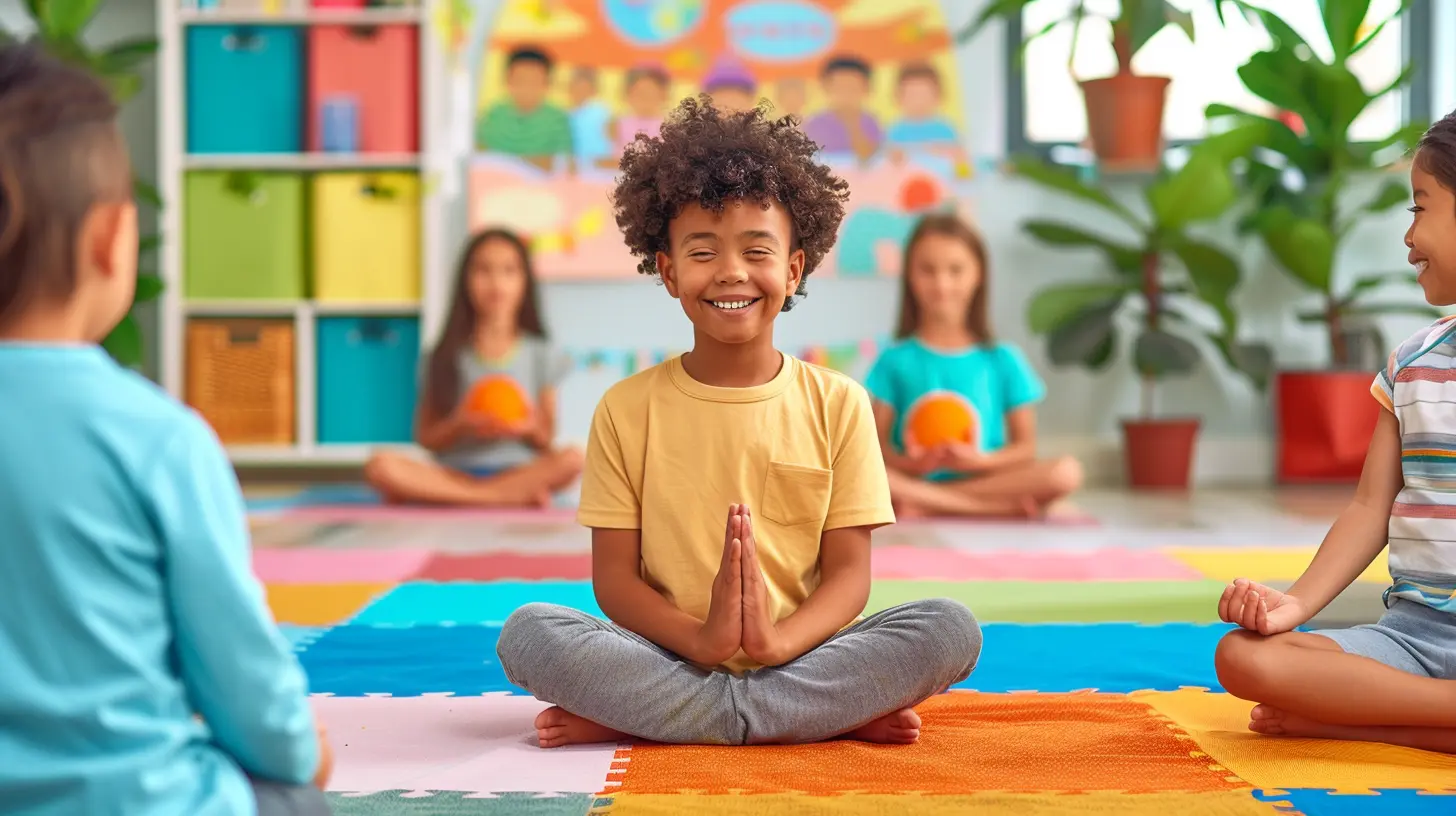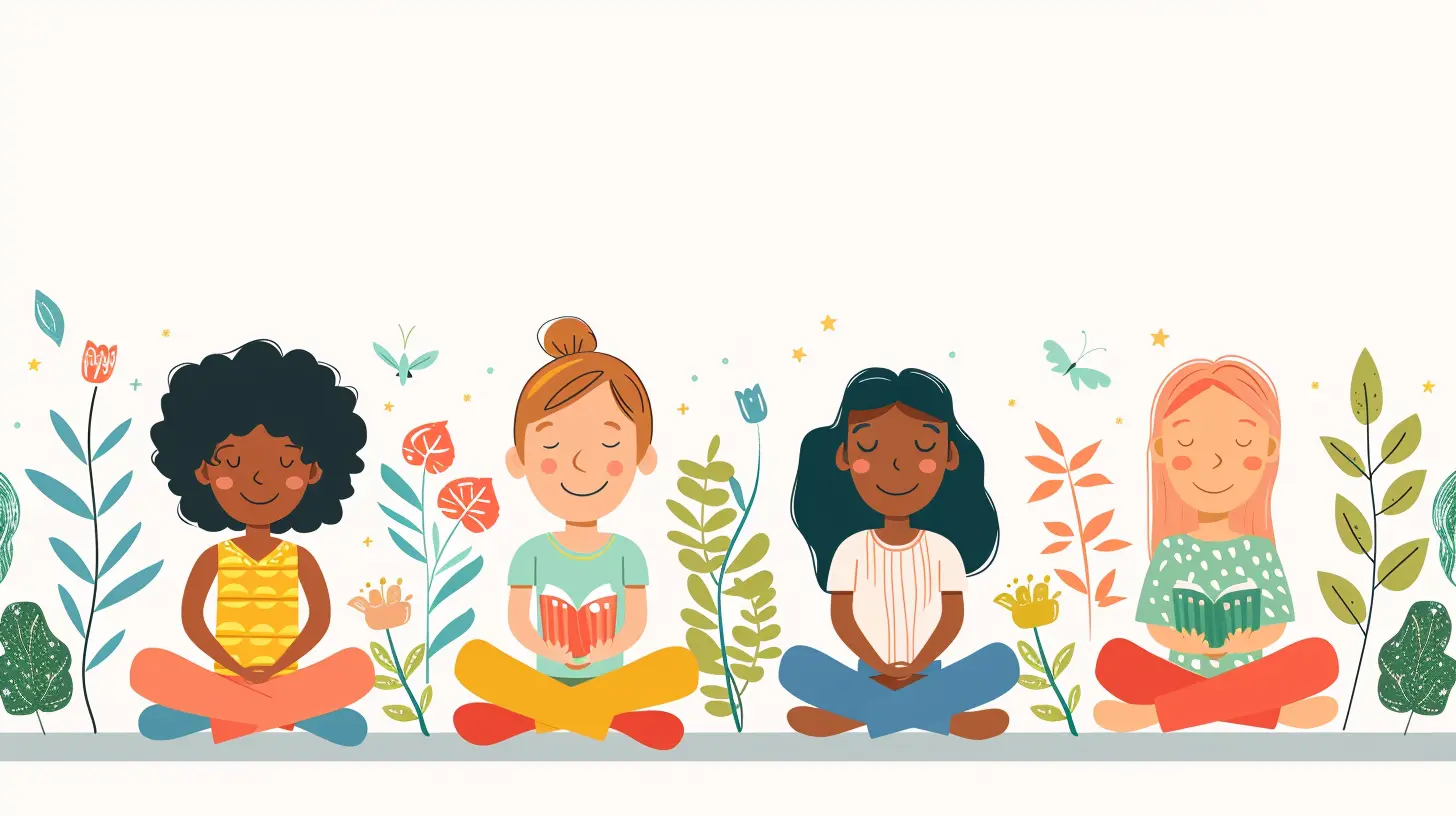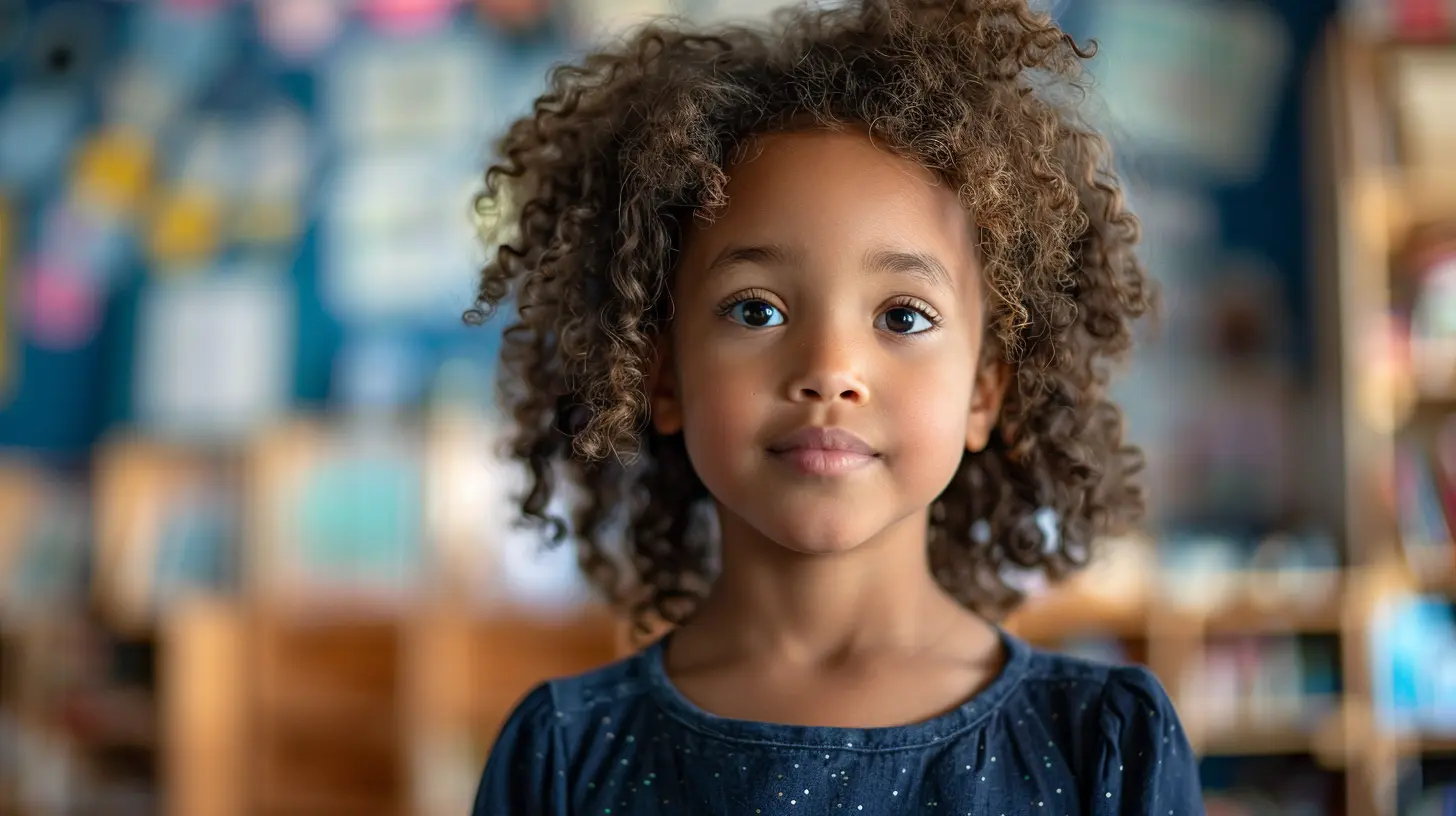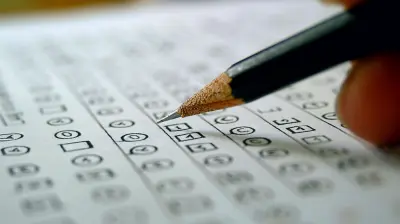13 December 2024
In today's fast-paced world, it's easy to get caught up in the chaos. We're constantly juggling responsibilities, deadlines, and personal challenges. Now, imagine being a young student, trying to navigate school, friendships, and personal development all at once. No wonder emotions run high! But what if there was a way to help students manage their emotions, build self-awareness, and develop empathy? Spoiler alert: there is, and it's called mindfulness.
Mindfulness is more than just a buzzword; it's a powerful tool that can significantly boost Social-Emotional Learning (SEL). In this article, we’re going to dive into the world of mindfulness and how it can be a game-changer for SEL. Ready? Let’s dive in!
What is Social-Emotional Learning (SEL)?
Before we get into mindfulness, let's set the stage by understanding Social-Emotional Learning (SEL). SEL is the process of developing self-awareness, self-control, and interpersonal skills that are vital for school, work, and life success. In simpler terms, it's all about helping students understand and manage their emotions, form positive relationships, and make responsible decisions.SEL is broken down into five core competencies:
1. Self-awareness – Recognizing one's emotions and values.
2. Self-management – Regulating emotions and behaviors.
3. Social awareness – Empathizing with others.
4. Relationship skills – Communicating and working well with others.
5. Responsible decision-making – Making ethical and constructive choices.
Sounds like something we could all benefit from, right? Now, imagine coupling these skills with mindfulness. You’d be giving students the tools to not just survive, but thrive emotionally and socially.
What Exactly is Mindfulness?
Mindfulness is all about being present in the moment. It’s the practice of paying attention to your thoughts, feelings, and surroundings without judgment. Think of it like this: instead of letting your mind wander off into a spiral of stress or anxiety, mindfulness brings you back to the 'now.'It’s like hitting the pause button on all the noise in your head. Whether you're focusing on your breathing, the sounds around you, or the way your body feels, mindfulness helps ground you in the present moment.
But mindfulness isn’t just about feeling zen. It’s a skill that, when practiced regularly, can have profound effects on our emotional well-being. And guess what? It’s not just for adults. Kids and teens can benefit from it too, especially when it comes to SEL.
The Connection Between Mindfulness and Social-Emotional Learning
So, how do mindfulness and SEL connect? Well, they’re pretty much best friends. Mindfulness acts as a bridge that supports and enhances the five core competencies of SEL. Let’s break it down:1. Mindfulness Enhances Self-Awareness
Self-awareness is all about recognizing your emotions, thoughts, and behaviors. Mindfulness helps students tune into their internal world by encouraging them to observe their emotions without immediately reacting.Think about it: if a student can notice they’re starting to feel frustrated before they snap at a classmate, they’re already practicing self-awareness. With mindfulness, students learn to step back and observe their emotions, which is the first step toward managing them.
2. Mindfulness Improves Self-Management
Ever had one of those days where you just can’t keep your cool? That’s where self-management comes in. It’s the ability to regulate your emotions and behaviors, even in stressful situations.Mindfulness teaches students to pause, breathe, and respond thoughtfully instead of reacting impulsively. For example, if a student feels overwhelmed by a difficult math problem, mindfulness can help them stay calm, take a few deep breaths, and approach the problem with a clearer mind. This not only helps with emotional regulation but also boosts problem-solving skills.
3. Mindfulness Fosters Social Awareness
Social awareness is about understanding and empathizing with others. It’s the ability to see things from someone else’s perspective. Mindfulness practices, such as loving-kindness meditation, help students develop compassion and empathy by focusing on positive feelings toward themselves and others.By practicing mindfulness, students can become more attuned to the emotions of their peers, leading to stronger, more meaningful connections. When students are mindful, they’re more likely to notice when a friend is feeling down or when their words may have hurt someone. This ability to tune into others' emotions is a key component of healthy social interactions.
4. Mindfulness Strengthens Relationship Skills
Good relationships are built on communication, empathy, and conflict resolution. Mindfulness can help students develop these skills by encouraging them to listen actively and respond thoughtfully.For instance, during a disagreement, a student who practices mindfulness might take a moment to breathe and consider their words before speaking. This can lead to more productive conversations and fewer heated arguments. With mindfulness, students can learn to express themselves more clearly and patiently, which goes a long way in building strong relationships.
5. Mindfulness Supports Responsible Decision-Making
Making responsible decisions isn’t always easy, especially for young students who are still learning to weigh the consequences of their actions. Mindfulness can help by encouraging students to slow down and reflect before making decisions.When students practice mindfulness, they become more aware of their thought patterns and impulses. This awareness helps them pause and consider the potential outcomes of their actions before jumping in. Over time, this practice can lead to better decision-making skills, both in and out of the classroom.
Benefits of Integrating Mindfulness with SEL in Schools
Now that we’ve explored how mindfulness supports SEL, let’s talk about the broader benefits of integrating mindfulness practices into schools. When schools introduce mindfulness as part of their SEL curriculum, the results can be pretty impressive.1. Reduced Stress and Anxiety
Students face a lot of stress, whether it’s from academic pressures, social dynamics, or personal challenges. Mindfulness has been shown to reduce stress and anxiety by helping students regulate their emotions and stay grounded in the present moment.2. Improved Focus and Attention
Let’s face it—students have a lot of distractions these days (hello, smartphones!). Mindfulness can help students improve their focus by training their brains to stay present. This can lead to better concentration in class and improved academic performance.3. Better Emotional Regulation
One of the biggest challenges for young people is learning how to manage their emotions. Mindfulness gives students the tools to recognize and regulate their emotions, leading to fewer emotional outbursts and more positive interactions with their peers.4. Enhanced Empathy and Compassion
Mindfulness encourages students to cultivate empathy and compassion, both for themselves and others. This can lead to a more inclusive and supportive school environment where students are more understanding and accepting of one another.5. Increased Resilience
Life can be tough, but mindfulness helps students build resilience by teaching them how to stay calm and centered in the face of challenges. With regular mindfulness practice, students can develop a greater sense of inner strength and confidence.How to Implement Mindfulness in SEL Programs
So, how can schools and educators start incorporating mindfulness into their SEL programs? Here are a few practical steps:1. Start Small
Introduce short mindfulness practices at the beginning of the school day or before challenging tasks. Even just a few minutes of deep breathing or a body scan can make a big difference.2. Incorporate Mindfulness into Lesson Plans
Teachers can weave mindfulness into their existing lesson plans. For example, during a literature lesson, students can practice mindful reading by paying close attention to the emotions of characters or the rhythm of the writing.3. Use Guided Meditation Apps
There are plenty of mindfulness apps designed for kids and teens that can be used in the classroom. Apps like "Headspace" or "Calm" offer guided meditations that are easy to follow and perfect for beginners.4. Create a Mindful Classroom Environment
Teachers can create a mindful classroom environment by encouraging students to take mindful breaks, practice gratitude, and engage in reflective discussions about their emotions and experiences.5. Provide Professional Development for Teachers
For mindfulness to be effective, teachers need to be equipped with the right tools and knowledge. Schools should offer professional development opportunities that train educators on how to teach mindfulness and integrate it with SEL.Final Thoughts: The Power of Mindfulness in SEL
Mindfulness and Social-Emotional Learning are a match made in heaven. When students are given the tools to be present, self-aware, and empathetic, they’re not just learning how to succeed academically—they’re learning how to thrive in life. By incorporating mindfulness into SEL programs, we can help students develop the emotional intelligence and resilience they need to navigate the complexities of the world around them.So, next time you find yourself feeling overwhelmed, take a deep breath and remember: mindfulness is more than just being aware of the present moment; it’s about building a better, more emotionally intelligent future for our students.













Gabrielle McLaughlin
Great article! Mindfulness truly transforms how we connect with ourselves and others. It's a simple yet powerful tool for enhancing social-emotional learning!
February 16, 2025 at 11:41 AM